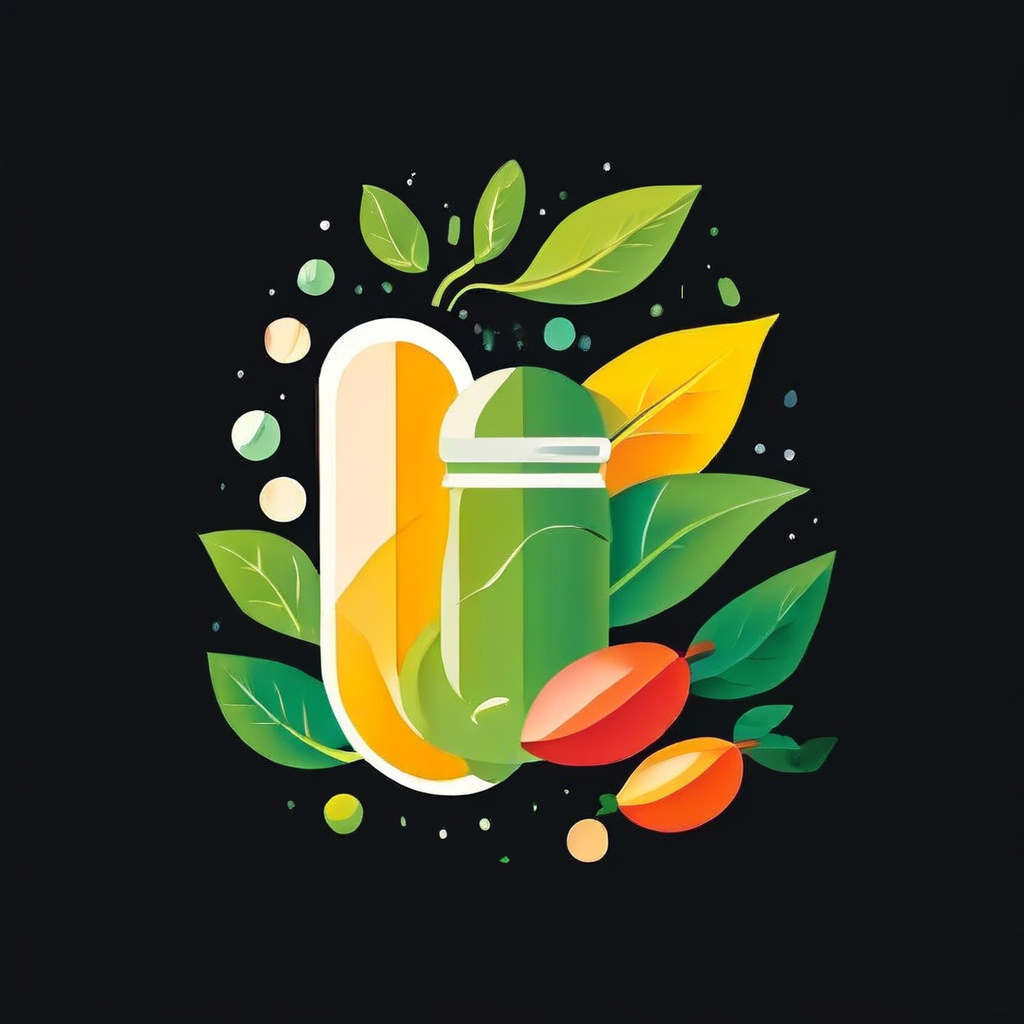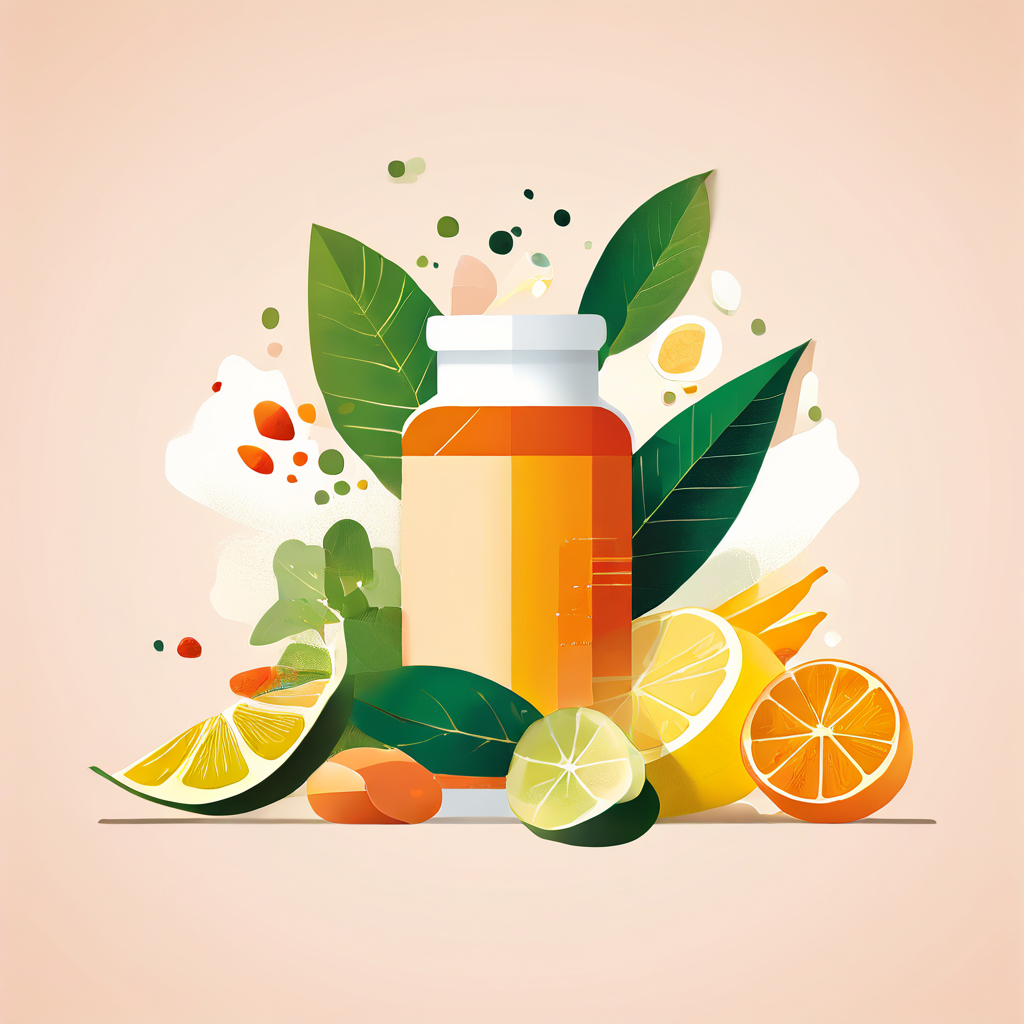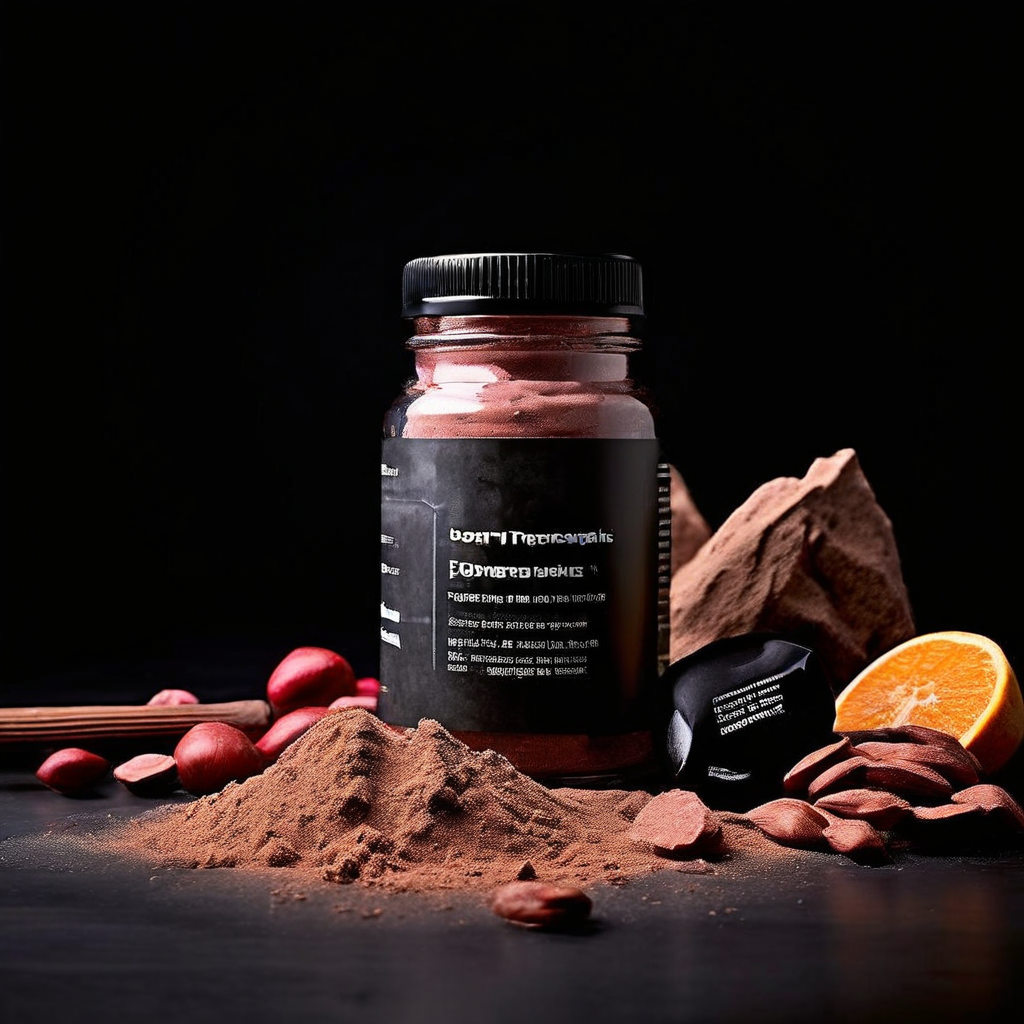Here is a blog post on who makes amino acids, following the provided structure and guidelines:
Amino acids, the building blocks of proteins, are made by plants, bacteria, and the human body itself through complicated biosynthesis pathways involving enzymes.
Amino acids are critical for life, serving as the fundamental units that make up all proteins. But where do these essential molecules come from?
Plants are Amino Acid Factories
Plants are the major producers of amino acids in nature. Through photosynthesis, plants convert sunlight into chemical energy that drives the synthesis of sugars and other compounds. These molecules then feed into various metabolic pathways, including those for making amino acids.
The biosynthesis of amino acids in plants involves a series of enzyme-catalyzed reactions. For example, the amino acid tryptophan is synthesized from the precursor chorismate through seven enzymatic steps. Aspartate gives rise to several amino acids including lysine, threonine, and methionine. By utilizing intermediates from glycolysis and the citric acid cycle, plants can generate all 20 of the standard amino acids found in proteins.
As autotrophs that can make their own food from inorganic raw materials, plants supply amino acids to the rest of the food chain. When animals eat plants or other animals that have eaten plants, they obtain “essential” amino acids that they cannot synthesize on their own. Humans must get nine amino acids from their diet, while the remaining 11 can be made by the body if necessary.
Microbes Make Amino Acids Too
Bacteria and other microorganisms are also major amino acid producers. Like plants, many bacteria can synthesize all 20 standard amino acids from easy starting materials like sugar and ammonia. Bacterial amino acid synthesis pathways are broadly similar to those in plants, but with some variations.
Some bacteria have even evolved special tricks for making amino acids. For example, species that live in environments low in sulfur have pathways to make cysteine and methionine that don’t require this element. Researchers have harnessed the biosynthetic abilities of bacteria to produce amino acids in fermentation vats for use in food and animal feed. The majority of amino acids generated for industrial applications are made by bacterial cultures.
Amino Acid Synthesis in the Human Body
While humans rely on their diet for essential amino acids, the human body can synthesize the other 11 amino acids as needed. Cells can make these “nonessential” amino acids from metabolic intermediates or by modifying other amino acids.
For instance, the amino acid alanine can be made by transferring an amino group to the compound pyruvate, an end product of glycolysis. Glutamate, aspartate, and serine are other key amino acids synthesized in human cells that serve as precursors for additional amino acids. The liver is the primary site of amino acid synthesis in the body.
Amino acid biosynthesis is carefully regulated to meet the body’s changing needs. Eating a meal containing protein will cause blood amino acid levels to rise, which signals the body to leisurely down its own amino acid production. On the other hand, during periods of quicking or low protein intake, amino acid synthesis ramps up. The body dynamically adjusts amino acid production to ensure a steady supply for making new proteins and other essential molecules.
In summary, amino acids in nature are made by plants, microbes, and many animals including humans. Using the raw materials and energy provided by primary metabolism, these organisms carry out the complicated biosynthetic pathways needed to generate the key building blocks of proteins. Understanding how amino acids are made can shed light on topics ranging from plant-based diets to industrial biotechnology to human diseases involving defects in amino acid metabolism.



